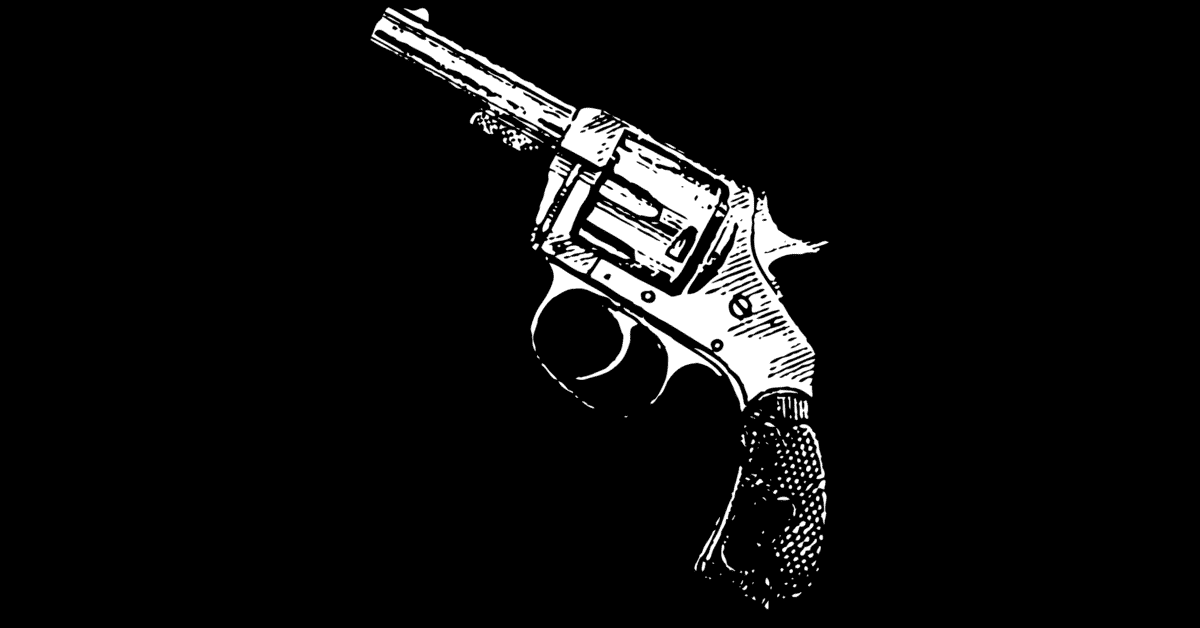A 21-year-old young boy, still struggling to grow a proper moustache, had just become an IPS officer. He passed the civil services exam at the age of 19, a feat that clearly displayed his intelligence. This was a time when periodicals like Partiyogita Darpan and Competition Success Review were not around, but if they had been, his face would have graced their cover pages. Parents would show his image to their children, using his success as inspiration, much like how Shah Faisal, Tina Dabi and Roman Saini are today’s youth icons. Instead seen in this Article as “The Murder of an IPS Officer”.
Background on The Murder of an IPS Officer
After two years of rigorous training at the police academy, this young officer was appointed as Deputy Superintendent of Police (DSP) and posted to a district. A promising career awaited him— a secure job, servants, a bungalow, and a bright future. He hadn’t married yet. After long duty hours, one imagines him returning home to play the banjo or spending me thinking about his girlfriend, perhaps while his parents arranged a marriage for him.
Seven or eight months into his duty, tragedy struck. One evening, as he left his office on a Bullet motorcycle, a group of people shot him dead. Chaos ensued in the administrative circles of the IPS. It was not a minor offence but a murder and that too the murder of an IPS officer. A massive manhunt followed, and with much effort, some individuals were apprehended.
The Trial begins…
The case was an open-and-shut one. The murder weapon was presented in court, witnesses testified, and there was even a confession. The trial proceeded fairly, and it seemed justice was about to be served. But then, politics began to twist the narrative. Yes, politics to twist the narrative of the murder of an IPS officer.
One of the accused was highly educated, sharp, and a brilliant orator. In court, he delivered a passionate, philosophical, and revolutionary speech, attempting to justify the murder of an IPS officer. His words were published in newspapers, and soon enough, the accused gained tremendous public support. Rallies were held, and political leaders pushed for mercy. The accused were now seen not as criminals but as martyrs of a greater cause.
Meanwhile, the IPS lobby demanded swift justice. They insisted that the killers be hanged without delay, and why not the act was the murder of an IPS Officer. Bowing to immense pressure, the government quietly executed the accused one night, ending the affair.
The question that remains is this: Was this justice or injustice?

This story, of course, is symbolic. The young boy murdered was not a regular IPS officer. He was John Saunders a British police officer in India. His only crime? Being in the wrong place at the wrong time. Saunders was not the target of Bhagat Singh and his revolutionary comrades. They had intended to kill James A. Scott, the Superintendent of Police, who had ordered a brutal lathi charge on a protest against Simon Commission, leading to the death of the revered Lala Lajpat Rai. The revolutionaries sought revenge, and in a case of mistaken identity, it was Saunders, a 21-year-old officer, who paid with his life.
Read about Election Procedure in India
In Indian popular culture, this killing is not referred to as murder. It is remembered as “Saunders Vadh”— the assassination on of a demon. Saunders has been vilified and reduced to nothing more than a casualty in the freedom struggle, while his killers are revered as patriots and revolutionaries.
But let us take a moment to examine the facts. Saunders was not directly responsible for Lajpat Rai’s death. He was a police officer, just doing his duty, much like Bhagat Singh himself, who was trying to take a stand against colonial oppression. And yet, because of his white skin and his officer’s uniform, Saunders became the scapegoat.
The murderers of Saunders have become immortalized in history, worshipped as martyrs, and hailed as heroes. But the question persists: Does the end justify the means? Was Bhagat Singh’s act of violence necessary, or was it merely another case of mistaken identity and misplaced vengeance?
Interestingly, not everyone supported the murder of Saunders, even in those revolutionary times. Mohandas Karamchand Gandhi, for instance, condemned the violence. He understood the rage that Bhagat Singh and his comrades felt but refused to condone the use of violence. Even then, Gandhi wrote letters to the government, pleading for mercy for Bhagat Singh and his comrades, requesting their death sentences be commuted to life imprisonment. Gandhi’s rationale was simple— Bhagat Singh was only 22 years old, a young boy, barely out of his youth. Naive and full of idealism, he did not fully comprehend the consequences of inciting a politics of violence.
But the government, pressured by the growing unrest, refused Gandhi’s pleas, and Bhagat Singh along with Sukhdev Thapar and Shivram Rajguru were hanged in secrecy.
This moment has remained contentious in the accounts of Indian history. Gandhi’s critics often accuse him of betraying Bhagat Singh by not supporting his revolutionary violence. These critics first glorify the “Saunders Vadh” in their narratives and then, in a more sinister twist, go on to justify Gandhi’s assassination on in their later arguments. They imply that just as Bhagat Singh’s violence was glorified, so too should Nathuram Godse’s act of killing Gandhi.
Such thinking is dangerous, for it reduces morality to a question of sides. There are no “good murders” and “bad murders”— there is just murder. Violence, in any form, is inherently wrong. Yet, many of us have come to justify violence depending on who the victim or perpetrator is.
You too, by identifying by clothes, have decided your side.
At the start of this article, I described a young Indian boy who had been killed while serving his duty as a police officer. Many of you may have felt sympathy, even outrage, at the injustice. But as soon as you learned that the boy’s name was John Saunders, and that he was British, perhaps your emotions changed. Suddenly, his murder seemed justified, an act of patriotism rather than injustice. Why? Because, in your mind, you weren’t considering right or
wrong, justice or injustice — you were taking sides.
This is the danger of allowing identity, be it religion, race, or nationality, to determine our sense of morality. As a society, we must move beyond this. We must recognize that a violence, no matter the context, is destructive. Justice cannot be selective, and murder cannot be romanticized— whether it’s the assassination of John Saunders or Mahatma Gandhi.
In the end, we must ask ourselves: Do we value human life, or do we merely celebrate the deaths of those who don’t belong to our tribe or our side?
Author:- A. D.
